Can You Age Out of Design? Am I Too Old For This Now?
Exploring How My Age Has Affected My Confidence and Studying When Other Top Designers Have Peaked!
I think I am getting too old for this. This is a young person’s game. I have felt suddenly and quickly outdated and replaced by younger more exciting “fresh” designers. Have I peaked? Let’s explore these feelings more.
Can you age out of painting, writing, mixed media, sculpting or other creative art forms? No, in fact some of the greatest creative minds of history peaked well past 40 years old. But what about graphic design? Is there is something different about graphic design compared to other fields of creativity?
Side note I am running my biggest sale of the month on my Udemy Design courses here!
There is a “constant keeping up” element added to design because of its close relationship with modern marketing. How can you best sell a product or service if you are not keeping up with the constant changes in culture, music, colors, politics, slang words or social media shifts? The big question is, what age do you “age out” of graphic design?
I wanted to explore some of the best known design talent in history to see if I can figure out this age range. The peak ages of well-known graphic designers can vary widely depending on their career trajectory and the era in which they were active. Here are a few notable designers I looked up and their ages around their peak moments:
Paul Rand - Renowned for his corporate logo designs, Paul Rand was in his late 40s to early 50s during his peak years in the 1950s and 60s. His work for IBM and ABC is particularly iconic.
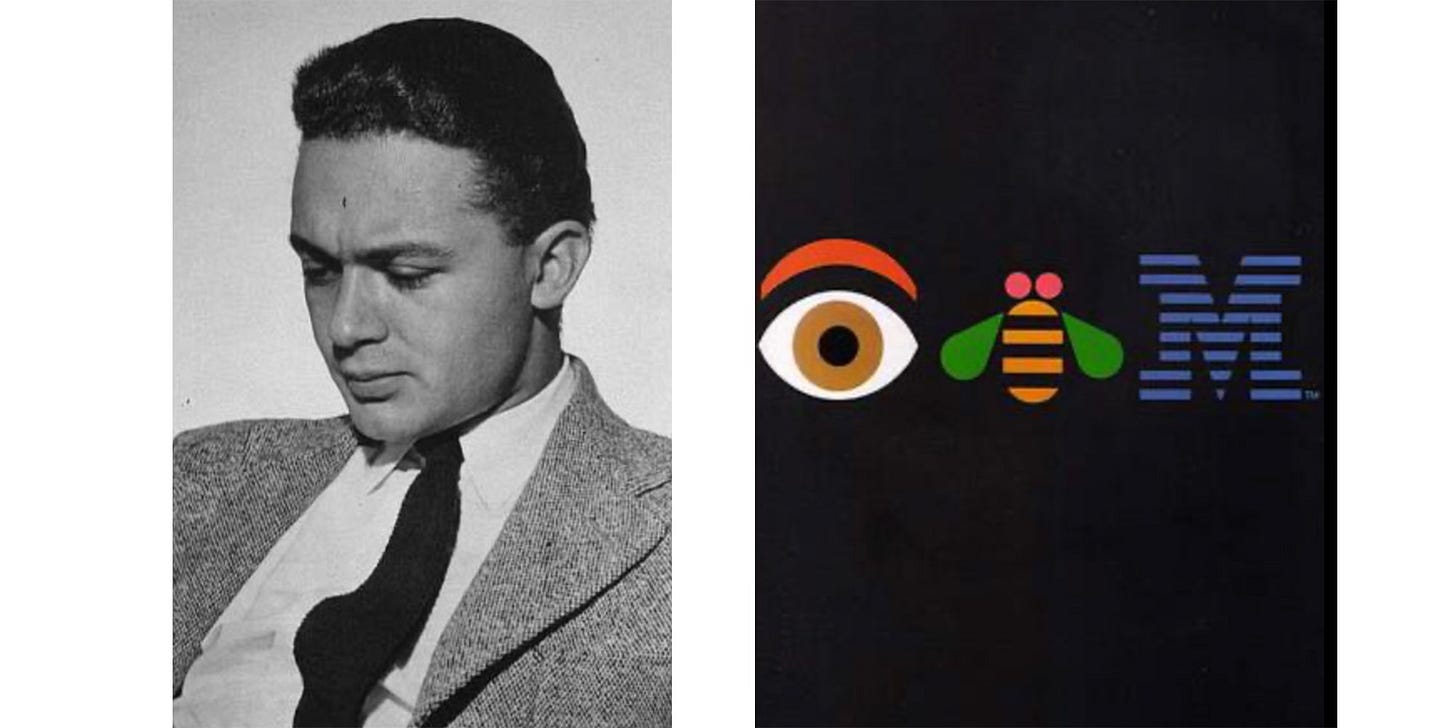
See more of his work here Milton Glaser - Best known for the "I ♥ NY" logo, Milton Glaser was in his 40s to 50s during the 1970s and 80s, when his influence was particularly strong.

See his work here Saul Bass - Famous for his film posters and title sequences, Saul Bass was at the height of his career in the 1950s to 60s, when he was in his 30s to 40s.
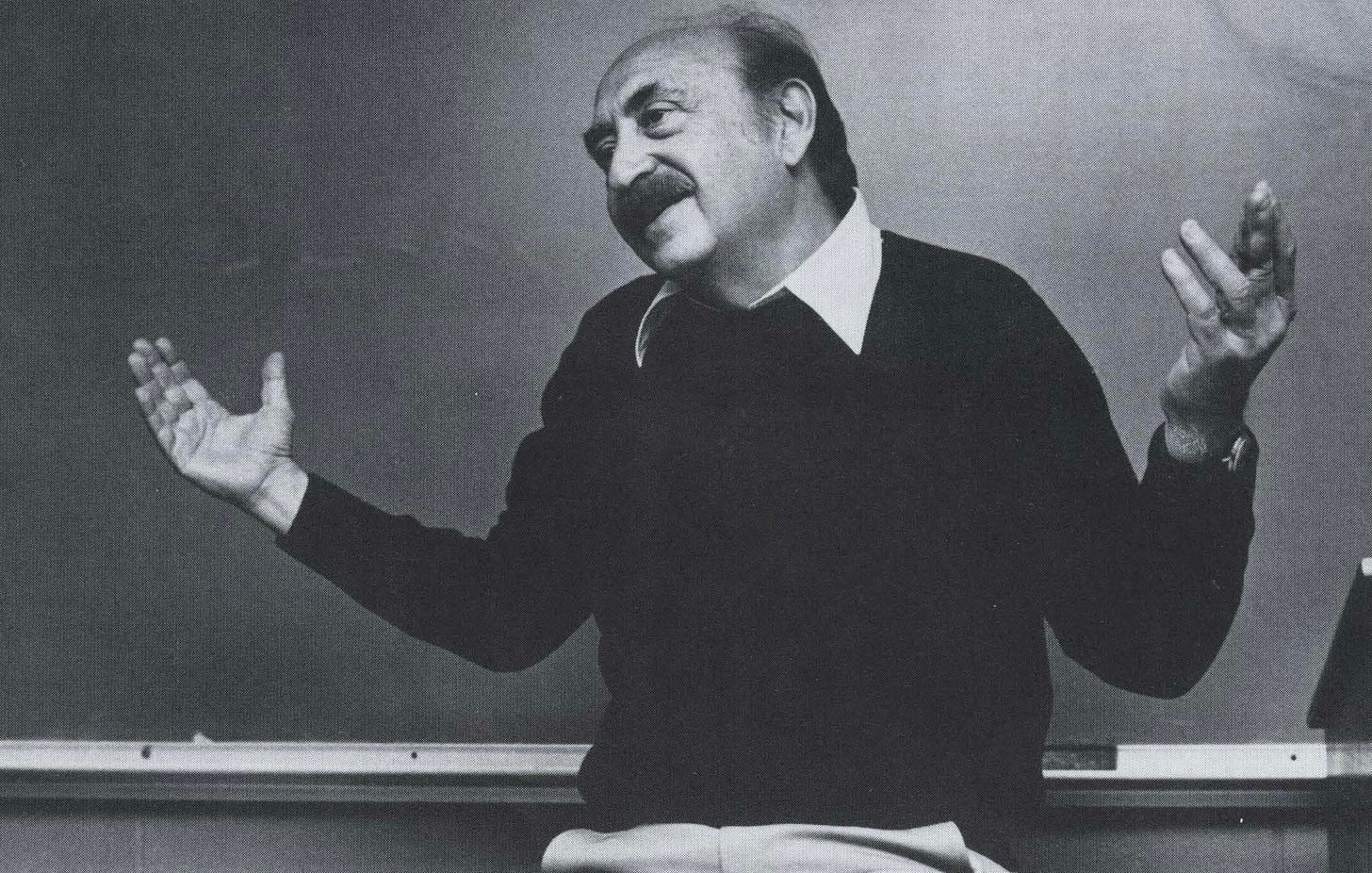
David Carson - Known for his innovative magazine design work in the 1990s, David Carson was in his 30s to 40s during this period, particularly when working on Ray Gun magazine.

Ok, I’m feeling a slight bit of relief here.
I did not realize that some of the best logo designs of our time were created by designers in their 40s and 50s.
Maybe graphic designers age like a fine wine? Maybe after decades in the industry you learn to predict and manifest marketing and design intuitiveness. But, those were some of the greats. What about more contemporary examples of people on the top of their game in mid life?
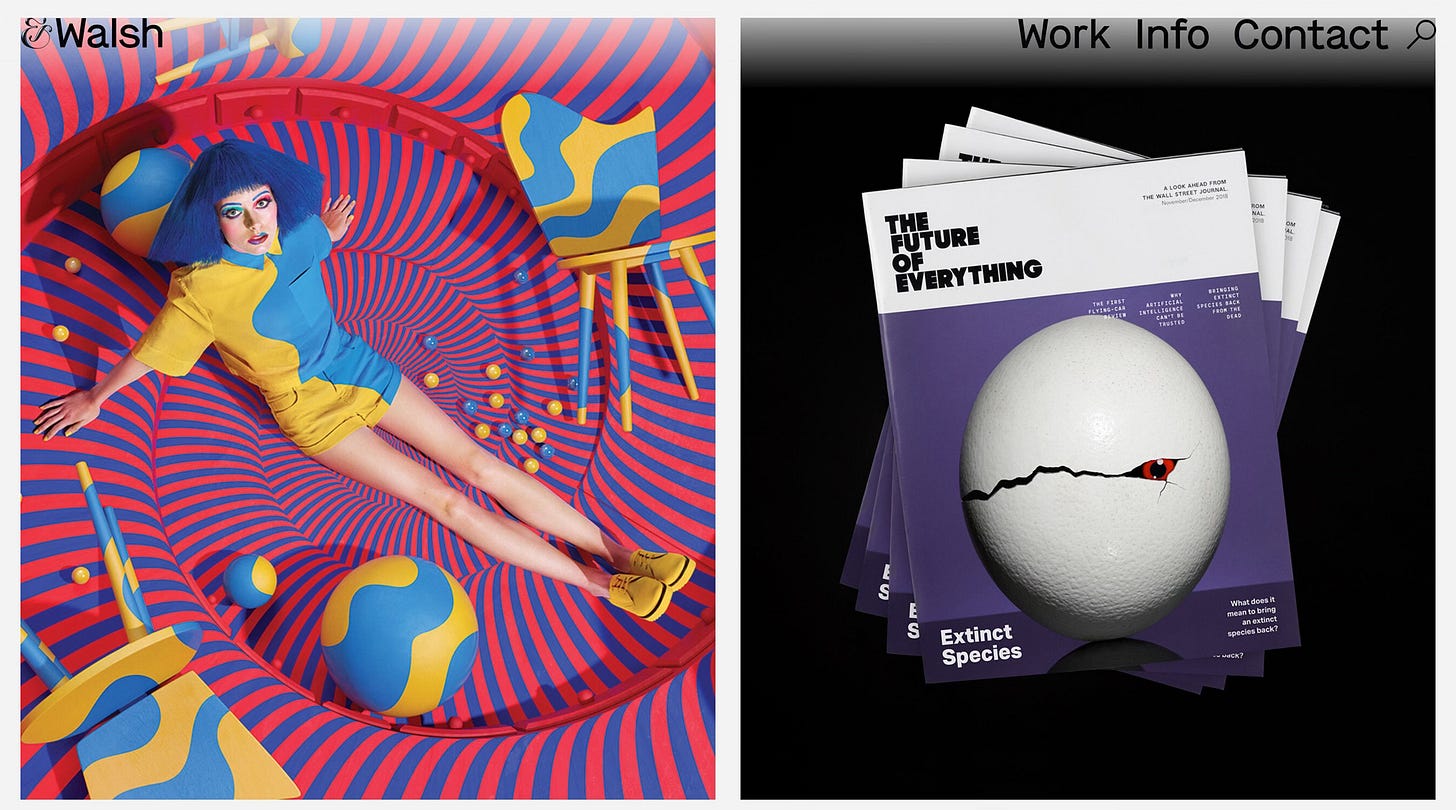
1. Jessica Walsh
Age: Born in 1986 (in her late 30s)
Background: Co-founder of the design agency &Walsh and a former partner at Sagmeister & Walsh.
Notable Work: Walsh is renowned for her bold, vibrant, and experimental design work. She has worked on high-profile projects for clients like Adobe, Levi’s, and The New York Times. Her work often explores the intersection of design, art, and personal expression.
Recent Projects: Walsh continues to push boundaries with innovative projects, such as the collaborative design studio &Walsh, which has received numerous accolades for its work in branding and digital design.
2. Sagi Haviv
Age: Born in 1980 (early 40s)
Background: Partner and designer at Chermayeff & Geismar & Haviv, a leading branding firm.
Notable Work: Haviv is known for creating iconic logos and visual identities for brands like National Geographic, NBC, and the Smithsonian. His approach to logo design is recognized for its simplicity and effectiveness.

Photo from Wikipedia. See his agency work here Recent Projects: He continues to work on high-impact branding projects and speaks at design conferences, sharing insights into effective branding and logo design.
3. Mike Perry
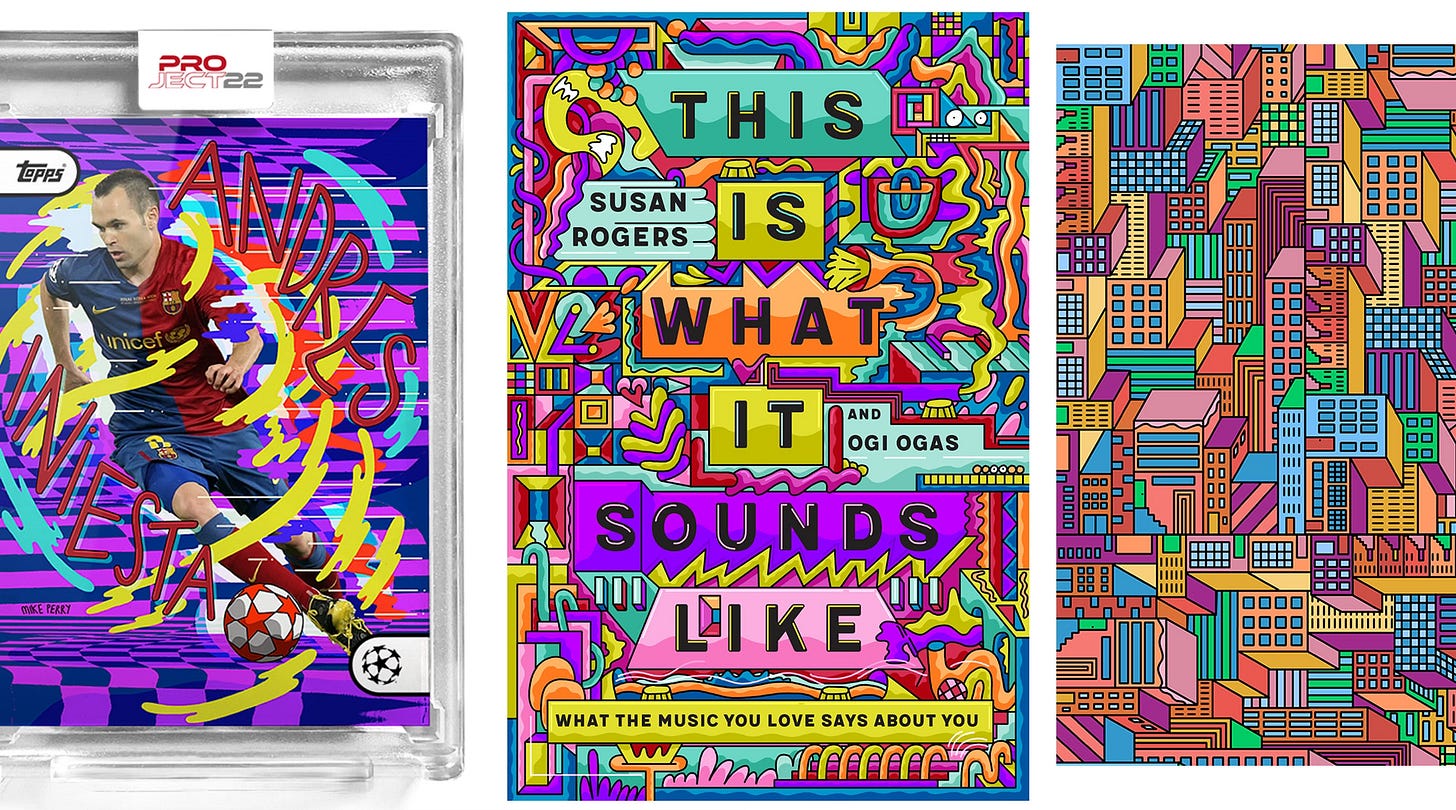
Age: Born in 1977 (late 40s)
Background: Founder of Mike Perry Studio, known for its vibrant and eclectic design style.
Notable Work: Perry's work spans various mediums, including illustration, animation, and graphic design. He has worked with clients like Target, MTV, and Google.
Recent Projects: Perry's work often involves collaborations in art and design, including exhibitions and creative projects that push the boundaries of traditional graphic design.
4. Debbie Millman
Age: Born in 1960 (early 60s)
Background: Chair of the Master’s in Branding program at the School of Visual Arts and host of the podcast "Design Matters."
Notable Work: Millman is a prominent figure in the design world with a career spanning over 30 years. She has worked with clients like Pepsi, Procter & Gamble, and Burger King.
Recent Projects: Millman continues to influence the design community through her teaching, podcast, and design consulting, focusing on branding and identity design.

See her work here
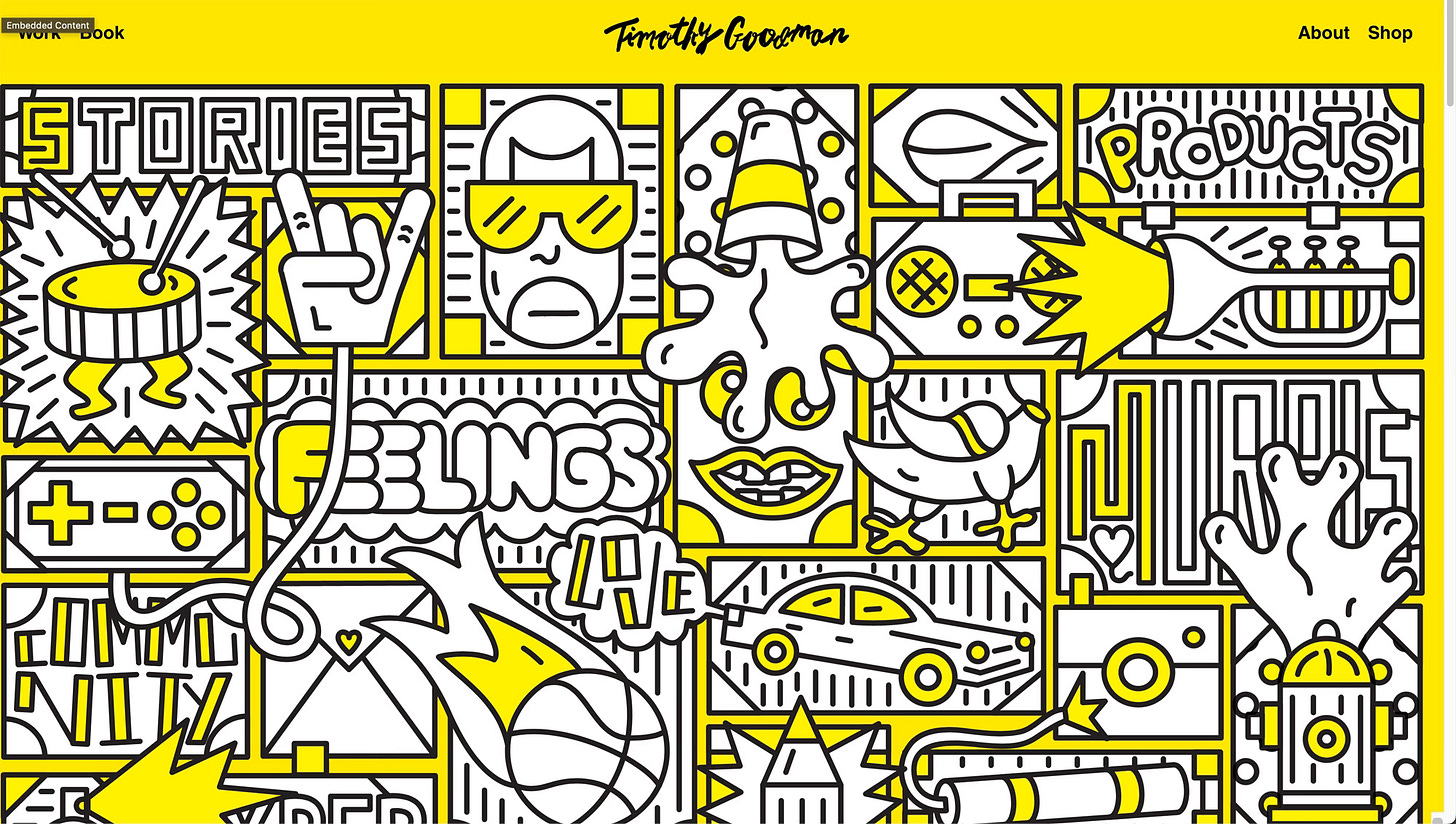
5. Timothy Goodman
Age: Born in 1981 (early 40s)
Background: Designer, illustrator, and author known for his distinctive hand-drawn style.
Notable Work: Goodman’s work includes branding, murals, and illustration for clients like Adobe, Airbnb, and Google. He is also known for his book “Sharpie Art Workshop.”
Recent Projects: Goodman remains active with various creative projects and collaborations, including public art installations and design workshops.
A couple of these designers are in their early 40’s, which is how old I am. Perhaps there is still some time left, but sometimes it does not feel that way. I did notice that a lot of these talented designers have shifted into branding work and specializing in their own specific style. Perhaps there is a lesson in studying their recent works.
Feeling the burn(out)
I remember opening up Adobe Photoshop 7.0 when I was 18 years old and I fell in love. Well, not right away. I spent a few months frantically clicking tools in the toolbar and trying to learn, as Youtube just did not exist back then (only large chunky manuals you found at the bookstore for $100+ dollars).
I am getting ready to turn 41 this week and cannot believe it has been 23 years of learning design. 18 years of that was doing it full-time and 7 of those years has been me teaching design in video format in my courses. Side note I am running my biggest sale of the month on my Udemy courses here!
I have sold more design courses than any other women in history but somehow I feel suddenly replaced. Not just by artificial intelligence (I write about that here) but by my own feeling of aging out.
I constantly doubt my ability to keep up with trends in online learning, design and artificial intelligence changes. Sometimes I feel like the old man down the street who yearns for the days when cell phones did not dominate our lives. The days when people would look each other in the eye to say “hello” instead of being trapped in a content doom scroll.
I think one of the catalysts of feeling this way is looking at people in their 20s doing some amazing new things I never even thought of doing.
They just learned design and they are already challenging rules and trying so hard to stand out. They do not have much to lose and they need to gain traction so they can earn money and pay their bills.
I think being in a situation where you HAVE to do your best to survive puts you in a position of growth and advantage.
Those young designers are willing to stay up until 2am to finish a project or learn an entirely new software in one week to be able to apply to a remote position. This newfound passion for design at a young age combined with the desire to do it for a living drives a huge amount of young designers success.
This might be you right now and I encourage you to take advantage of your youthfulness, tenacity and grab onto that passion now, as it may not last forever.
What is something that young designers lack? Self control? The ability to understand and read between the lines of client requests and projects? The ability to manage people under them?
I think we need to talk about some of the things older designers can still offer. We need to challenge some age stereotypes.
Experience vs. Innovation: Years of experience can bring a depth of knowledge and a refined skill set that younger designers might not yet have. Emphasizing that experience can foster a more profound understanding of design principles and client relations.
Timeless Design Principles: Core design principles—like balance, contrast, and hierarchy—are timeless and not bound by age. That comes with time and refinement.
*A little secret I will only tell you guys. I only learned about Gestalt theory a few years ago when researching what to teach in my design theory lessons and writing my design theory book. I honestly really could have used this basic foundation of layout principles much much sooner.
With time you discover it is hard to learn design all at once and it can take years and decades of refinement to learn the majority of design principles. New principles were just developed in recent years like UX/UI design because of the development of new methods of delivery for digital media. The more we build our tower of knowledge, each layer of that tower will make learning and stacking new layers more natural.
The Value of Mentorship
Guiding the Next Generation:
One way to feel relevant as an older designer is to think about mentorship. Older designers offer invaluable mentorship to younger designers in several ways, leveraging our experience, wisdom, and industry insights.
1. Industry Knowledge and Experience
Historical Perspective: Older designers have witnessed the evolution of design trends, technologies, and practices over the years. We can provide context and historical perspective that helps younger designers understand the origins and developments of current trends. Remember Web 2.0? Yeah, I was there for that and experienced the mania of all the logo designs needing to be refreshed with glossy effects and reflections. I know what to avoid next time and encourage the use of timeless design.
We screwed up a lot and that is a good thing: With years of experience, us older designers have encountered and solved a wide range of design challenges. We can offer practical advice on tackling complex problems and navigating difficult client situations. I have been sued once for using a image from google that I thought was free, I have misspelled a word or two and it went to print and so many more mistakes that are huge learning points for the younger group.
2. Design Principles and Best Practices
Best Practices: We can share best practices for design processes, including project management, client communication, and workflow efficiency. This guidance helps younger designers develop a strong foundation for their careers. No, it is not healthy to stay up until 2am (even though I know you want to when you get excited about something) but getting into a positive workflow rhythm which comes with time and experimentation can be helpful.
3. Feedback and Constructive Criticism
Detailed Critiques: Older designers can provide detailed, constructive feedback on design work. Their critiques are informed by years of experience and can help younger designers improve their skills and approach.
Mentorship in Growth: They can guide younger designers in identifying their strengths and areas for improvement, fostering personal and professional growth.
4. Career Development and Guidance
Navigating the Industry: Older designers can offer insights into the various paths available in the design industry, from freelancing to working in-house or starting a design studio. They can help younger designers make informed career decisions. My advice to younger designs is don’t feel like “Jr. Graphic Designer” is forever your role. Your goal is to evolve to higher paying positions in the design creativity latter.
5. Networking and Professional Connections
Industry Contacts: With their established careers, older designers often have extensive networks of industry contacts. We can introduce younger designers to potential clients, collaborators, or employers, opening doors that might otherwise remain closed.
By sharing their knowledge and experiences, older designers play a crucial role in shaping the next generation of design professionals. Their mentorship not only helps younger designers avoid common pitfalls but also enriches the design community with diverse perspectives and skills. So maybe being an older designer is not a death sentence but new life can be had if I sit with my years of wisdom gained.
Make sure to comment below what your thoughts are on this topic and if you are an older designer who has had those similar feelings of irrelevancy. I would love to start a conversation.
New here?
Make sure to subscribe for future articles about design. I also am offering everyone here a 50% off coupon link to my design theory pdf book “The Practical Guide to Design Theory” with over 3,000 copies sold and lots of bonus content.






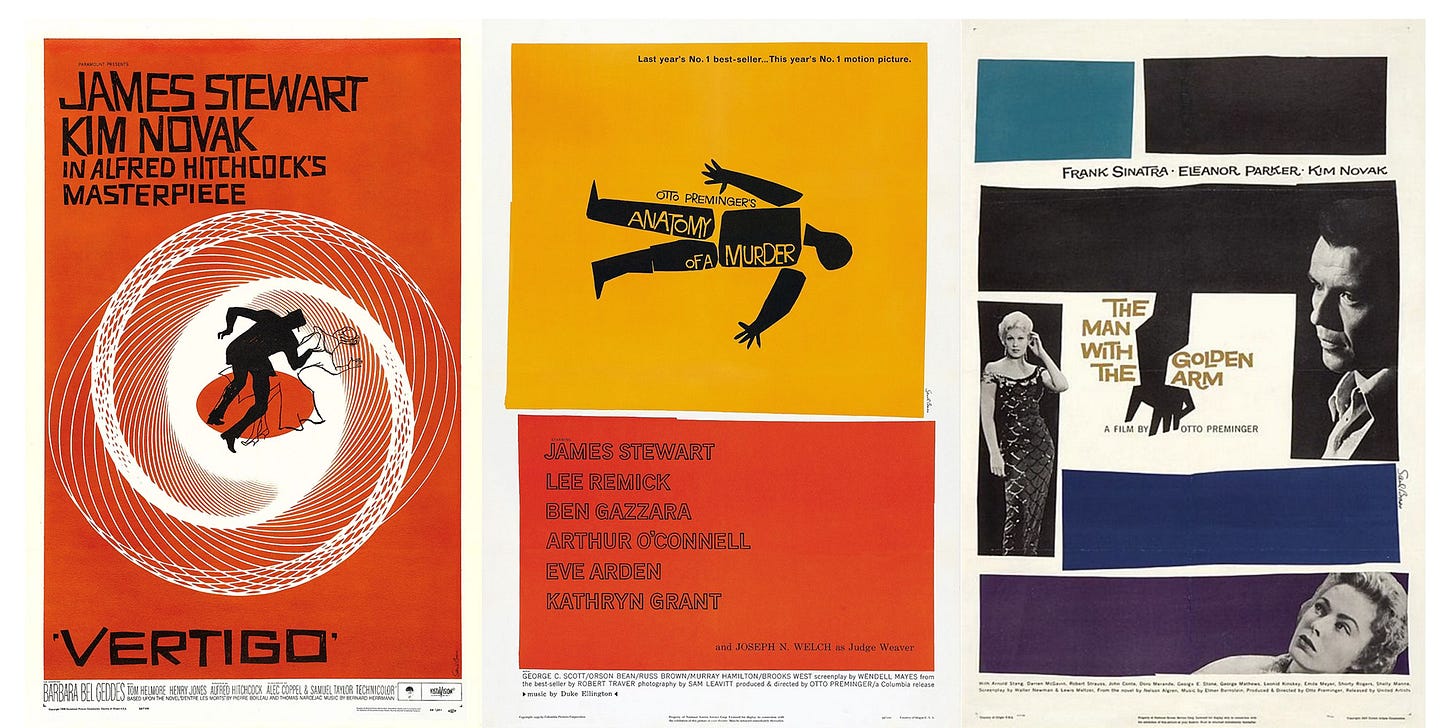
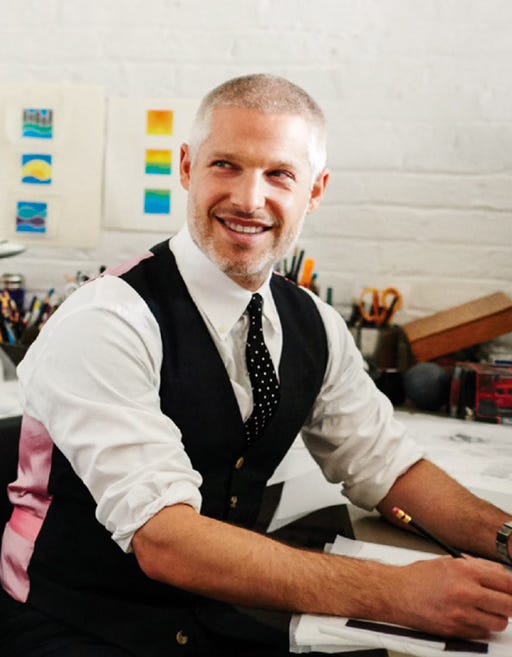
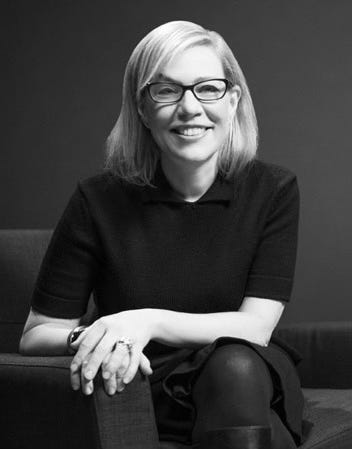


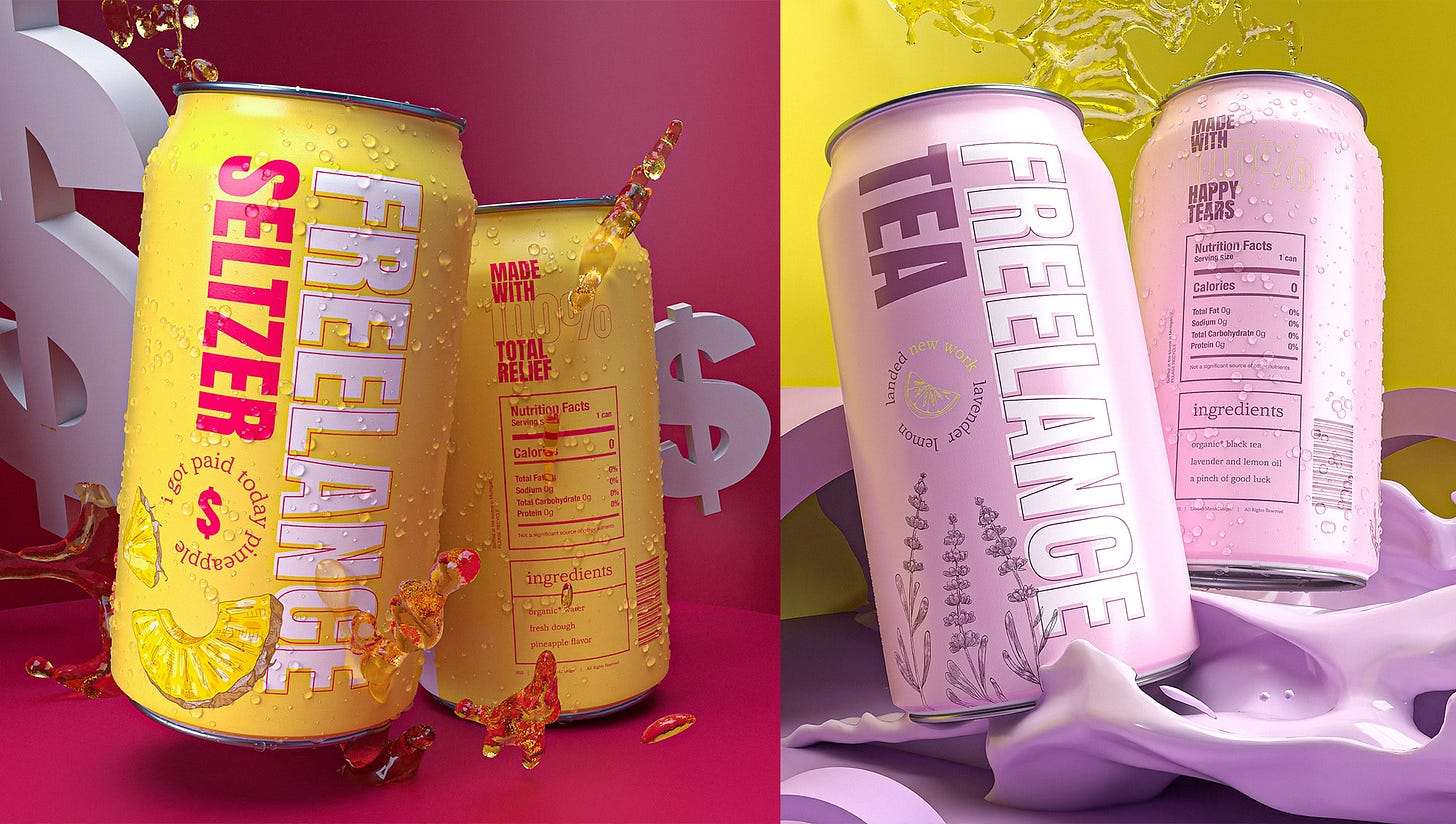


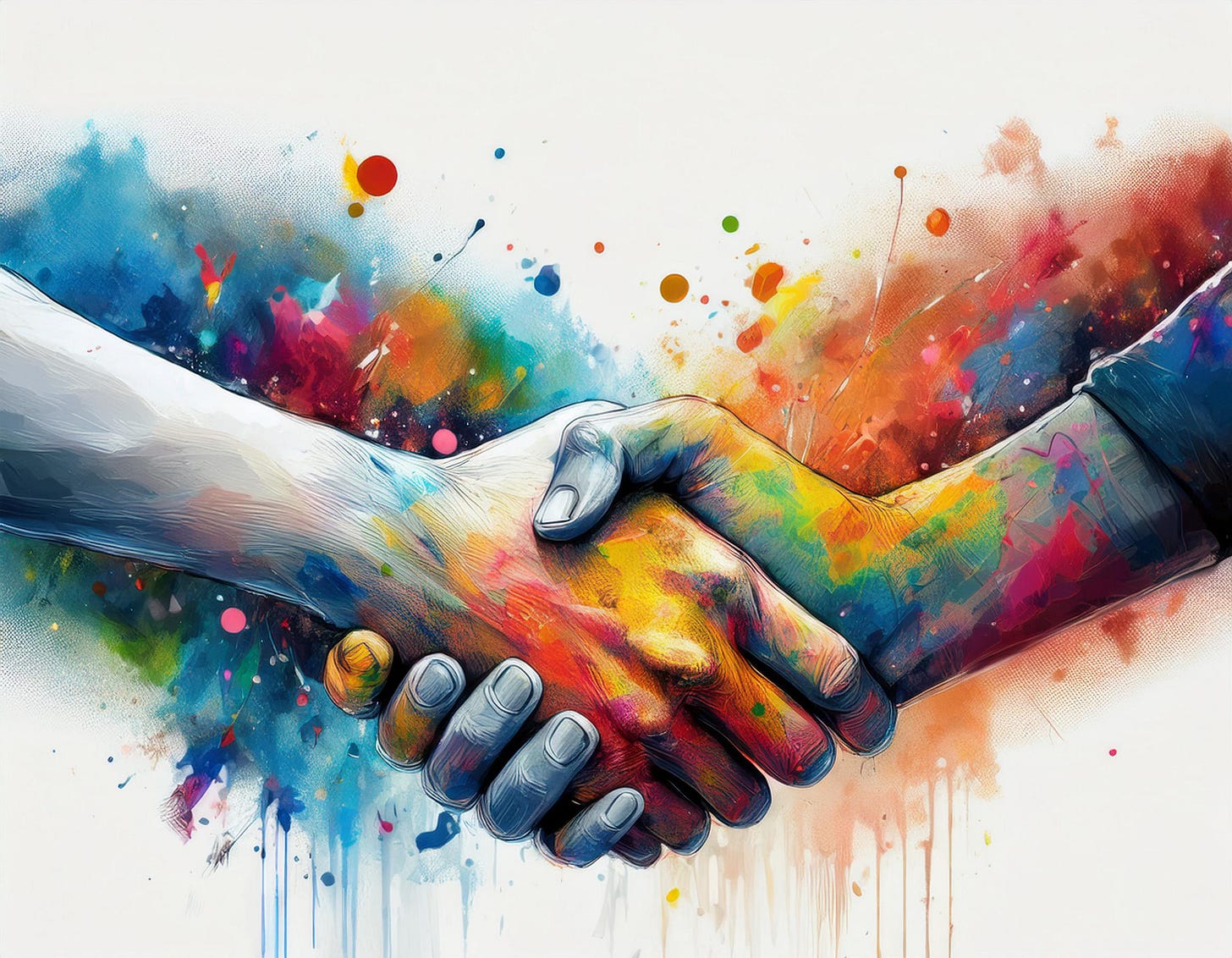
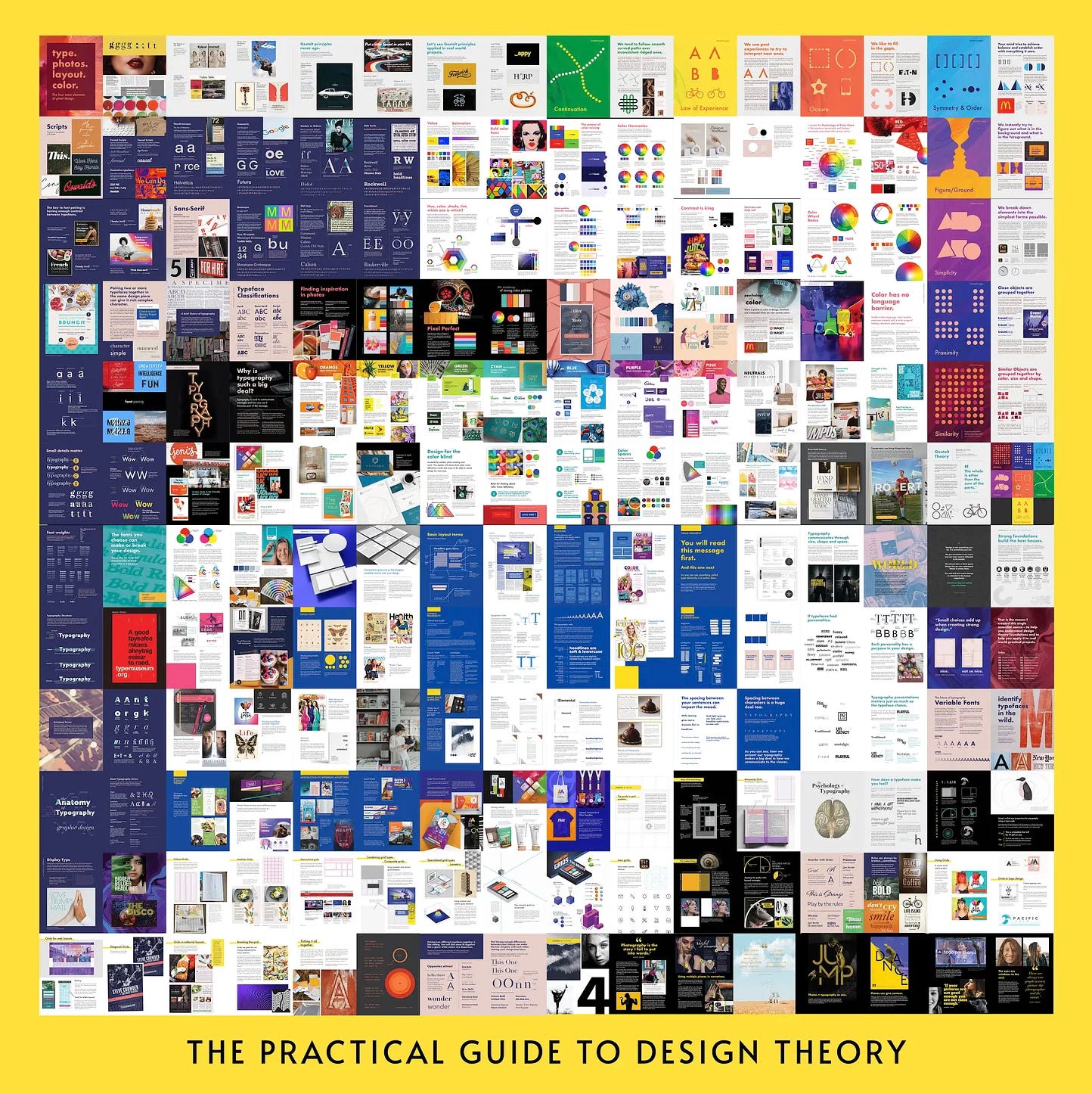
Let me know what you guys think of the article. What topics do you want to talk about next? I have struggled with the last few years with feeling irrelevant as an aging designer. Hoping to come more to terms with how age can have benefits with wisdom, knowledge and encouraging younger designers.
The next 2 days I am offering my design courses at up to 90 percent off, lowest of the month on udemy https://lindsaymarsh.myportfolio.com/udemy-discount-coupons
Lindsay—
I've got a couple of years on you, and like you I've been on my current track for about 20-ish years. (Design + branding.) I don't usually feel "too old," with one exception... I expect to be paid professional wages (and yes, commensurately with all this *experience,* which provides beaucoup *value* to clients)—and when young'uns come along and undercut professional wages because they're more able/willing to make Burger King wages in order to get started, I feel pretty weird.
I dunno if that's feeling old, exactly... more like wondering where the clients who value high-quality design work done by an experienced pro (work that lasts, work that has strategic thinking behind it, work that is part of a plan for growth...) have gone.
Debbie Millman, Paula Scher, and many others can still find 'em... but there are a lot of business owners who think one-step-above-AI is close enough, and a lot of untrained folks calling themselves designers because they know a couple of pieces of software, willing to price themselves one-step-above-free, making it harder and harder.
So I'm always looking for new ways to beat the bushes for clients... at a point in my career, when I expected clients to be coming to me with less scraping and clawing.